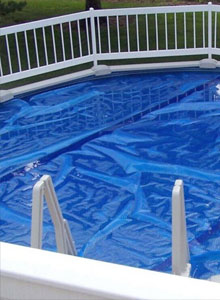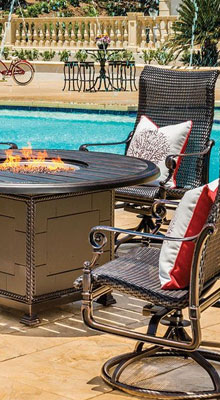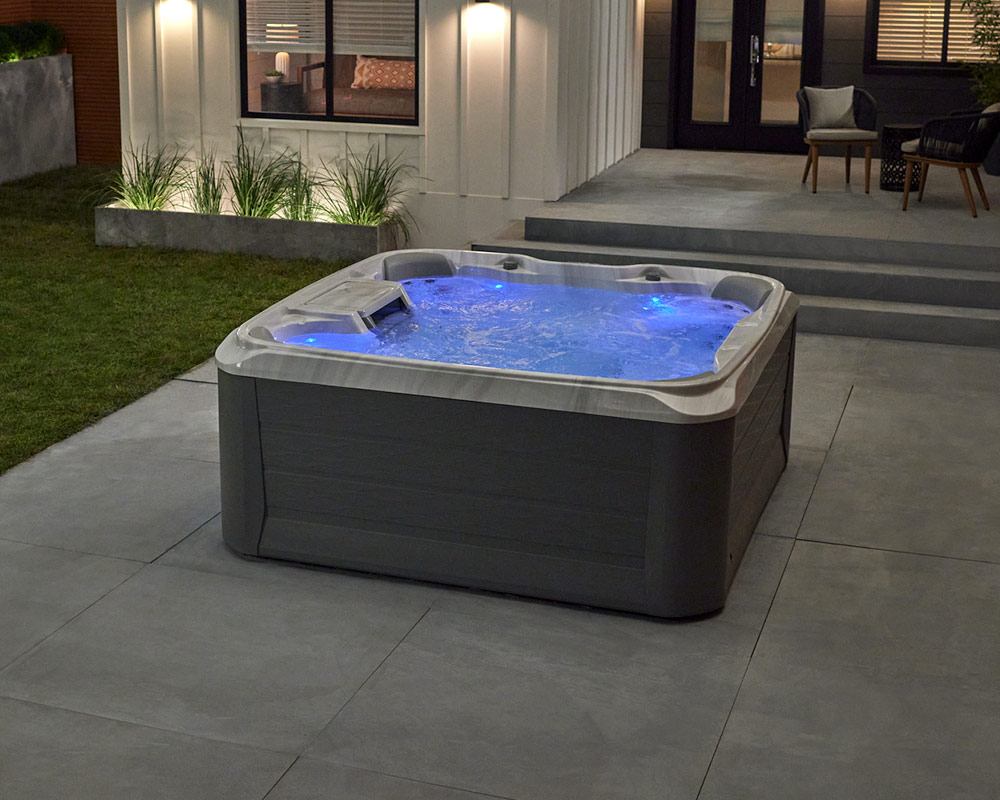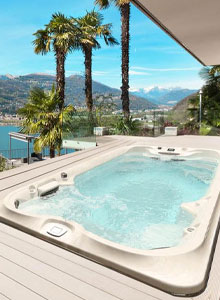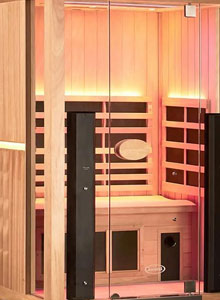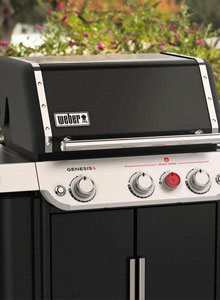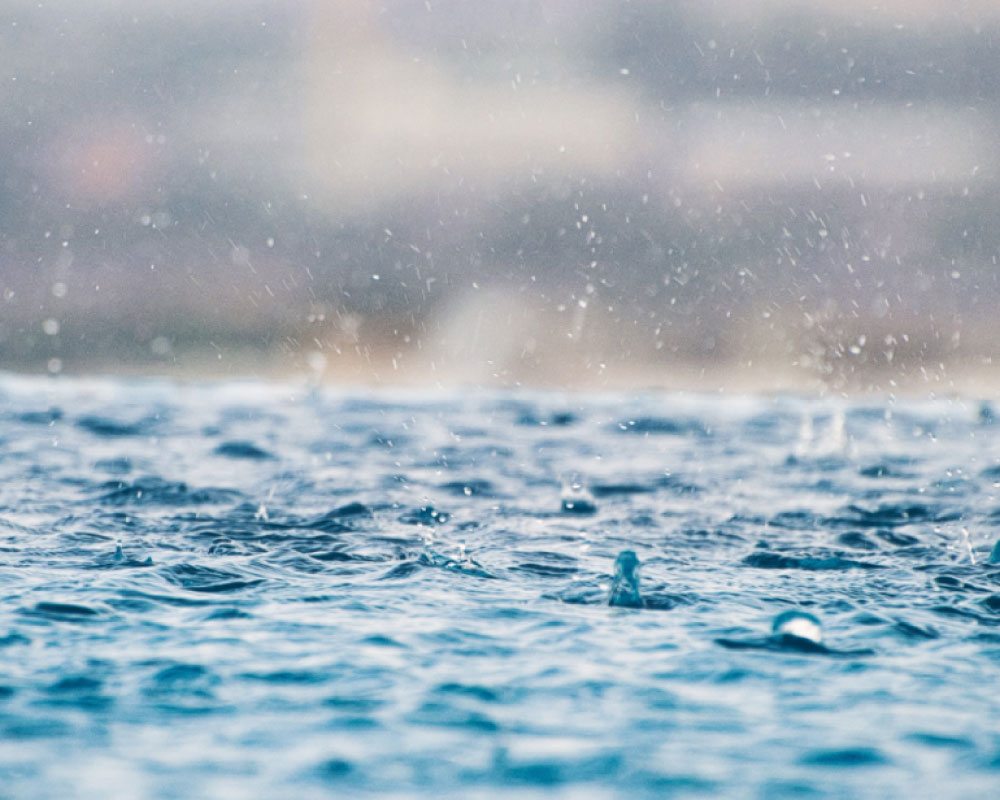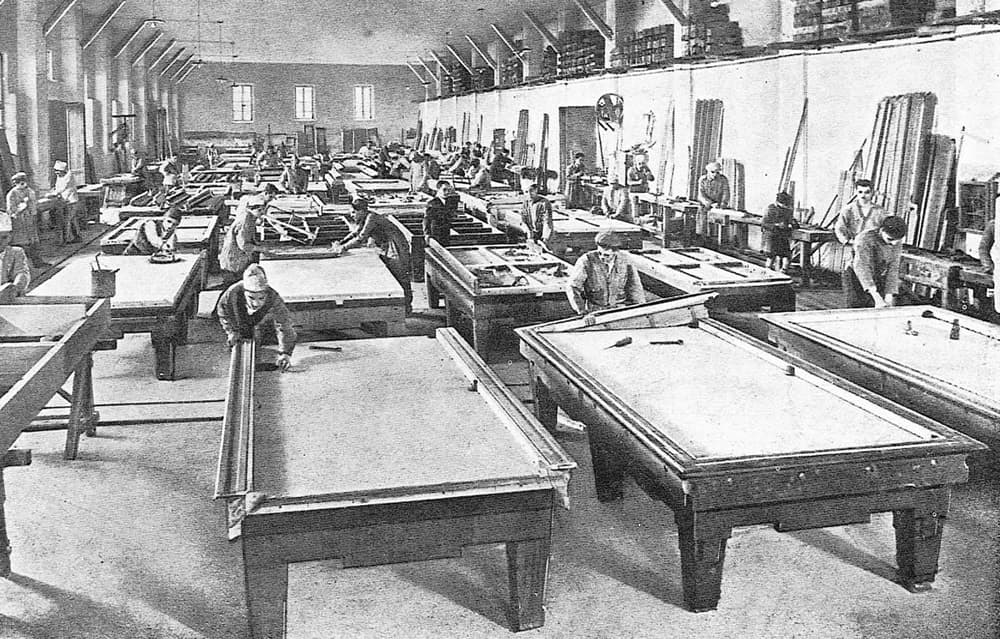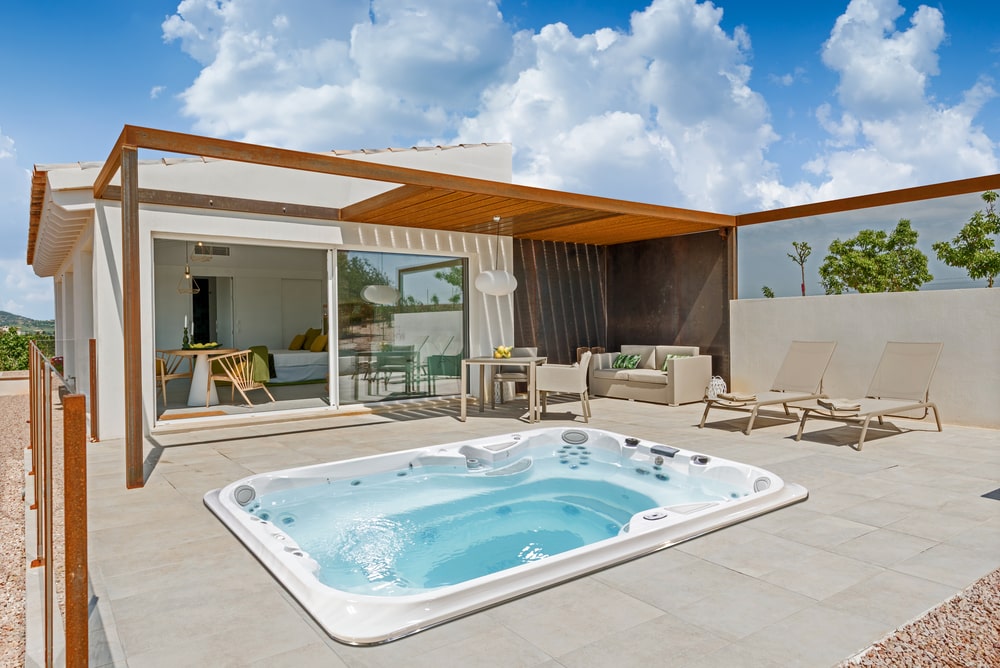The wind picks up, and the sky becomes dark. Dots appear on the sidewalk where raindrops splash against the concrete. In a matter of minutes, it’s a whitewash.
At times like this, swimming is the last thing on your mind. However, if you ignore treating your pool after a storm, you may be left with a raft-load of problems that will get between you and fully enjoying your pool. The best way to avoid these problems is to be prepared.
Protect your pump and your pool accessories
At the first sign of an incoming storm, you should turn off and unplug your pump. If this is left running during a storm, the motor may suffer electrical damage and short out. Keeping an eye on the weather forecast will help you judge whether or not to leave your pump plugged in if you will be away from home during the storm.
All loose items, including pool toys, floats, chlorine dispensers, and solar covers, should be removed from the pool. These items should be secured in a safe place to prevent damage and to ensure that they are not blown away in the storm.
After the storm
Following the previous two steps will help you and your pool ride out the storm, but the real battle doesn’t begin until after the storm has left. You should be armed with a supply of test strips, pH plus and shock if you want to vanquish the problems brought on by the storm.
Get everything out
The first step to rescuing your pool is to clear out all of the debris that may have blown into the water during the storm. Removing leaves, twigs and anything else that could be floating in the water will help the liner from becoming stained or damaged in any way. It will also slow the depletion of chemicals so you can get an accurate reading.
Balance PH
Rainwater is generally acidic, so once the water is tested, you may find that the pH has dropped out of the recommended 7.2-7.6 range. Chlorine works best when the pH is in the recommended zone, so anything outside of this range will reduce the effectiveness of chlorine and cause a low chlorine reading.
Shock
Once the pH has reached the sweet spot, you’re ready to bring out the storm’s worst enemy: Shock.
As rain falls into your pool, it brings along contaminants from the atmosphere. To fight off the impurities, the available chlorine in your pool will start to oxidize, lowering the total amount of chlorine in the water. When chlorine levels drop below 1.5 ppm, your pool will be susceptible to algae, bacteria and other problems.
No need to worry though. If you’re stocked up on Turbo Shock or any of the other high-potency shocks carried at Pool City, algae growth will never see the light of day. Follow the instructions on the bag of shock, and you will be on your way to a clean, healthy pool. If the water is cloudy, there is a greater risk that your pool may have an algae outbreak. To ensure that the water stays clear and algae-free, double the dose of shock.
Wait 24 hours after treatment and test the water again. If the chemicals are balanced, it’s time to go for a swim. You took care of your pool; now let your pool take care of you.
